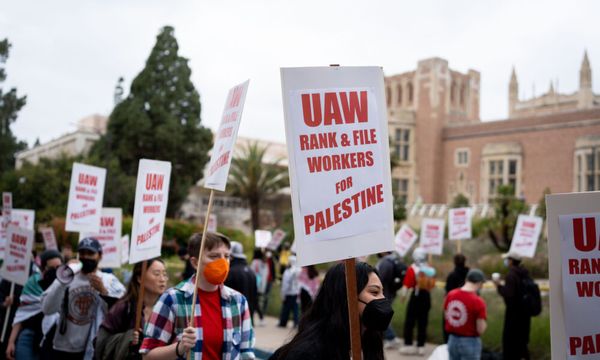
Though he was deeply involved in motorsports as a driver and manager, Jochen Neerpasch didn't join BMW to make a race team: He wanted to build something even greater.
Motor1 joined Neerpasch, the founder of BMW M, for an interview at this year's Rolex 24 at Daytona. He was in attendance to celebrate the 50th anniversary of BMW M’s factory team coming to race in the US, and we had a wide-ranging chat about the early days of M.

Neerpasch joined BMW in 1972 to found its Motorsport division. BMW poached him from Ford, where he ran the automaker’s successful European racing operation.
"At that time, there was no need for me to change jobs, because we were very successful at Ford in Cologne, and I was happy there," Neerpasch recalls. But, he had an idea on how to take his career, and the automotive world, a step forward. "I asked the [BMW] board to build a company not only for racing actively, but to use knowledge gained from racing for engineering, for high performance. The idea was to have a company to go racing and develop road cars."
BMW Motorsport GmbH started out with a Formula 2 engine based on the M10 four-cylinder used in the 2002 sedan, which was highly successful. The much-loved 3.0 CSL, according to BMW, was initially developed by Alpina and launched in 1971, but further developed and raced by Motorsport in the following years.

Motorsport’s first road-car project was tweaking the first-generation 5 series, with some of the go-fast bits from the CSL. Throughout the mid and late 1970s, BMW Motorsport modified the E12 5 series on customer request and built the 530 Motorsport Limited Edition (MLE) to homologate a race car for South Africa. This all culminated with the M535i of 1979, which used the running gear from the 635CSi, including a version of the CSL’s engine.
"This was a very difficult operation," says Neerpasch regarding these special 5 series, "Because at that time, the production line wasn’t flexible at all. So, we had to take complete cars and change the parts. The other problem was if we took the [original] engine out we couldn’t take it back to the factory because to them, it was a used engine. So we had to sell them through the dealerships."
"The idea was to have a company to go racing and develop road cars."
Around the same time, Neerpasch initiated the development of a bespoke sports car, hilariously as a cost-saving exercise. That car was the M1, which was BMW M’s replacement for the 3.0 CSL as a production-based race car.
"If you look at the 3.0 CSL, it was a standard road car we modified into a race car, and the work was huge," Neerpasch recalls. "The standard car at that time was 50,000 deutschmarks, and the CSL racing version was 400,000 DM, so this was the reason why we got the okay from the board to build a racing car for the road, which was the M1."

Neerpasch says at the time that the M1 road car was about 100,000 DM, and the Group 4 race car—as used in the famous ProCar series—was only 50,000 DM more. "It was much more economical to race a car like this," Neerpasch says.
Not that the M1 was cheap. A 911 Turbo cost 78,500 DM in 1978, the same year as the M1’s debut. BMW consequently had a very tough time selling the M1, and by the time enough were built to homologate the Group 4 version, the class was dead.
An inauspicious start for BMW M’s road-car business, but the special Motorsport 5 series and M1 laid the groundwork for a huge success story. There would be no M3 and M5 without these cars.
Last year, BMW M sold over 200,000 cars. Admittedly, that figure includes “M Performance” models like the M340i in addition to full M cars like the M3, but it’s still remarkable when you learn that 50 years ago, BMW sold about 200,000 cars total.
Neerpasch’s reaction to learning that fact? "Fantastic."







